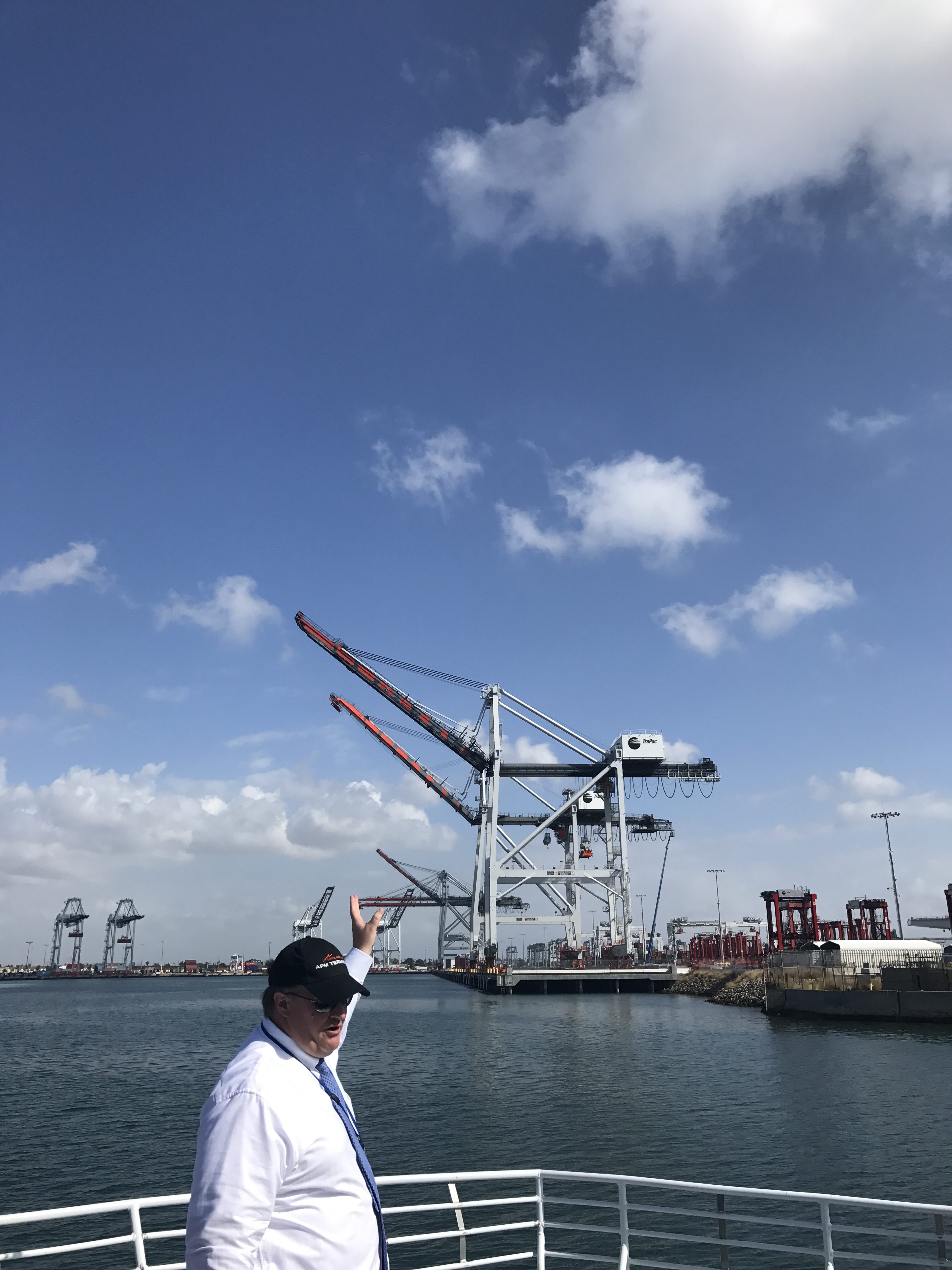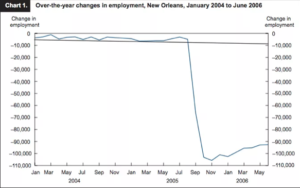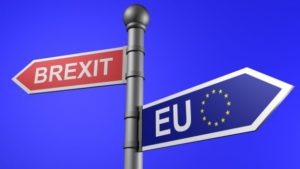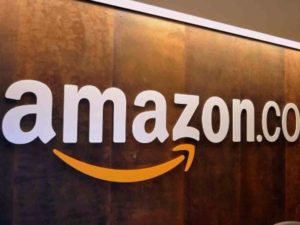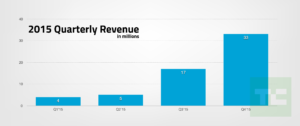I’ve trained myself to automatically assume that everything Donald Trump says is incorrect. It mitigates frustration and utter disbelief. It prioritizes my sanity. Most importantly, it causes me great surprise when he says something that is anything remotely near true. With Trump as our president, I keep Snopes bookmarked in my favorites bar.
One of Trump’s favorite hot topics is China. He called global warming a hoax created by China. He accused the U.S. of becoming at third-world country at the hands of China. He even tweeted that China did “NOTHING” to help the U.S. stop North Korea from creating nuclear weapons.
No matter how much I hate to admit it, though, President Trump’s take on trade with China does have an inkling of truth. In his 2017 Inaugural Address, he said:
“We’ve made other countries rich while the wealth, strength and confidence of our country has dissipated over the horizon. One by one, the factories shuttered and left our shores with not even a thought about the millions and millions of American workers that were left behind.”
While this is an extreme exaggeration, we should be careful not to brush it off as quickly as we do his take on global warming.
China, by all means, is a global powerhouse. However, it wasn’t always that way. For years and years, communist China had a downward-spiriling economy. But between 1991 and 2013, China’s exports increased from 2% of the world’s total to almost 20% (Freakonomics). The country transformed into a leading producer as a result of its plentitude of resources available and more importantly, its cheap labor. China was able to do this so quickly because of its sheer size and the massive potential amount of slack it had to pick up.
In the 1990’s, the Ports of Los Angeles and Long Beach exploded in use due to China’s manufacturing transformation. The two ports combined currently do the most trade in the U.S. (Port of LA Communications). Jobs in shipping–working at the port, sorting, on trains, etc–all either kept or exceeded their current demand. The one part of the labor market that fell apart was manufacturing.
Globalization, trade amongst foreign countries, raises the GDP of the countries at stake. This is not without adverse distributional consequences, though. And one of its biggest dilemmas is labor.
China’s rapid production development is one of the best things to have happened to the U.S. middle class. Chinese workers are employed and producing items to be exported to other countries. People in the U.S. are happy because everything they buy is so much cheaper, thanks to the low financial cost of labor in China and the super low cost of streamlined shipping thanks to the invention of TEUs (Gabriel Kahn). The net effect of the U.S.-China trade relationship is good.
The loser is the manufacturing labor market, a potential reason for why we are currently living in a country with Donald Trump serving as president. With China producing things at such low costs, the need for low-skilled or unskilled manufacturing jobs in the United Stated became virtually nonexistent. Manufacturing workers were laid off in the masses, and plants closed throughout America. From 2000-2007, one million U.S. manufacturing jobs disappeared, 40% of which was attributable to China’s newfound success (Autor). Highly-skilled U.S. workers were just fine, but those who were educated at that level lost their work to cheap Chinese labor.
Those low-skilled manufacturing workers were now out of work and needed to costlessly reallocate to their next best opportunity. This was not easy to do because for the most part because their adaptation skills were poor, making reallocations unsuccessful. This had adverse effects on other labor markets, which served the manufacturing plants that went out of business. The wages of manufacturing jobs that did still exist were lowered because of the low cost of Chinese labor. Public transfer benefits such as medicare, medicaid, food stamps, etc., became more widely used because low-skilled workers were out of work, and their skills levels made it hard for them to reallocate without any costs.
China’s transformation into a country of mass exports adversely created job loss, wage depression, and increase in welfare spending for a particular portion of the United States: manufacturing workers who aren’t highly skilled. The growth of China into a powerhouse nation was as a majority a global good. However, much to Trump’s and my dismay, it also fully disrupted a U.S. labor market–manufacturing–for the worse.

